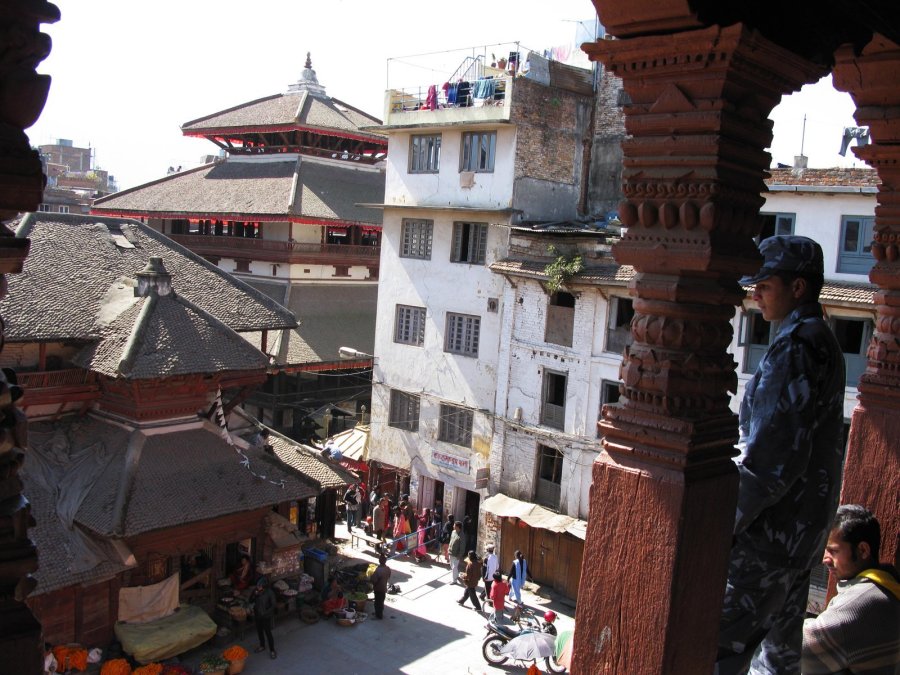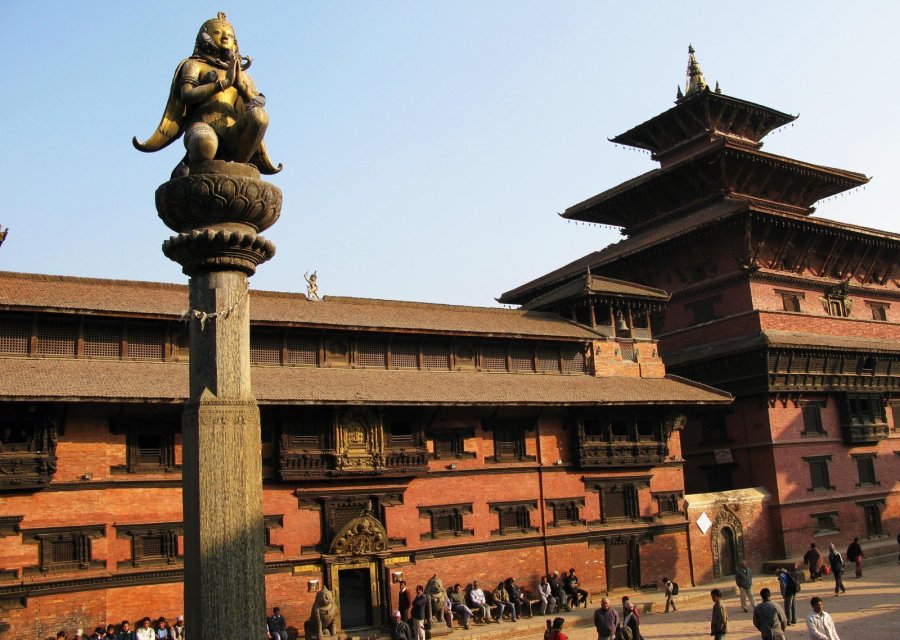KATHMANDU, Nepal — Nearly two months after an earthquake killed almost 9,000 people and razed parts of the capital Kathmandu and rural villages, Nepal’s authorities have reopened all its seven world heritage sites, which had been closed since the April 25 disaster.
Following extensive cleanup work the sites are once again open to visitors.
“We had closed these sites since the debris and rubble from the religious monuments damaged by the earthquake had to be removed,” Department of Archaeology spokesperson Ram Bahadur Kunwar said.
He added that the artifacts of archaeological importance also had to be secured.
Hundreds of monuments damaged
According to Department of Archaeology data 443 archaeological monuments, including temples, in three districts throughout Kathmandu Valley were affected by the quake.
Among the sites opened on Monday were the three Durbar Squares of Bhaktapur, Kathmandu and Lalitpur — ancient cities and home to centuries-old, unique pagoda-style temples.
The country is still suffering aftershocks from the 7.8-magnitude quake, and not all areas of the heritage sites have been opened, since there is still a danger of collapse in some areas of the temple complexes, Kunwar said.
The government plans to reconstruct, renovate and conserve all monuments damaged in the quake within five to seven years, at a cost of $70 to 100 million.
International aid sought
The Himalayan country’s government has called an international donors’ meeting on June 25 to raise $2 billion for reconstruction and rehabilitation throughout the country.
The three Durbar Squares, along with the other four Hindu and Buddhist monuments which make up the seven UNESCO world heritage sites, attract hundreds of thousands of tourists each year.
“By opening these sites we are trying to give the message to the world that normal life is returning,” said Sarad Pradhan, media consultant of Nepal Tourism Board. “We hope that the return of tourists will restore livelihoods of people who depend on tourism.”
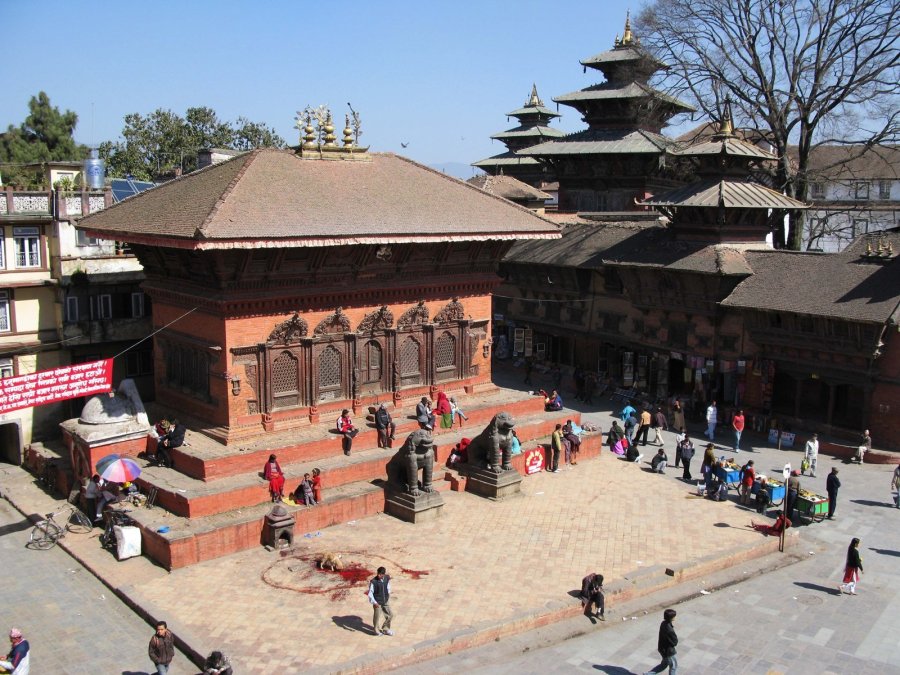

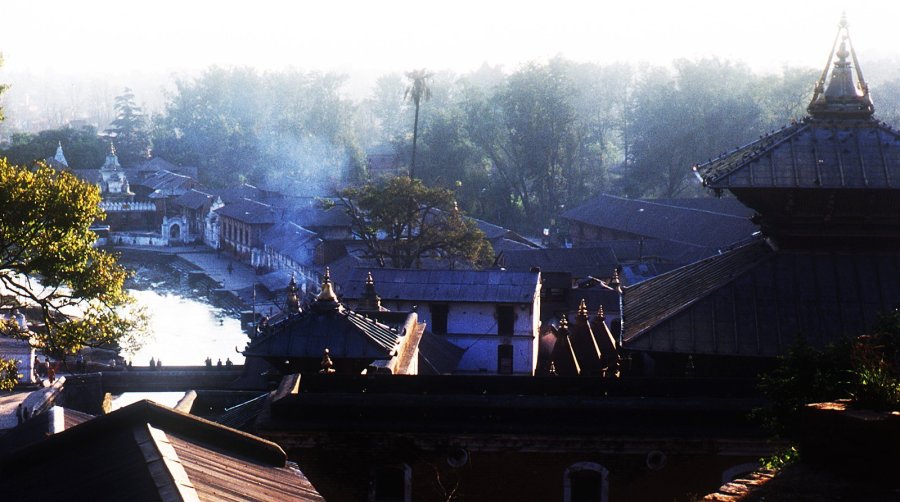
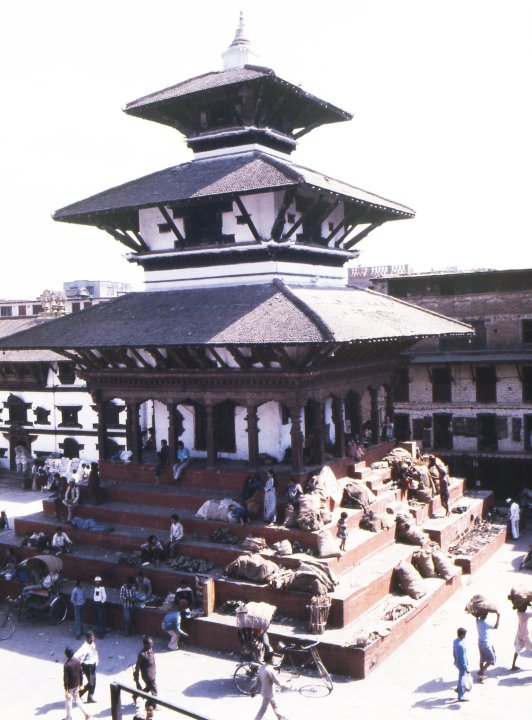
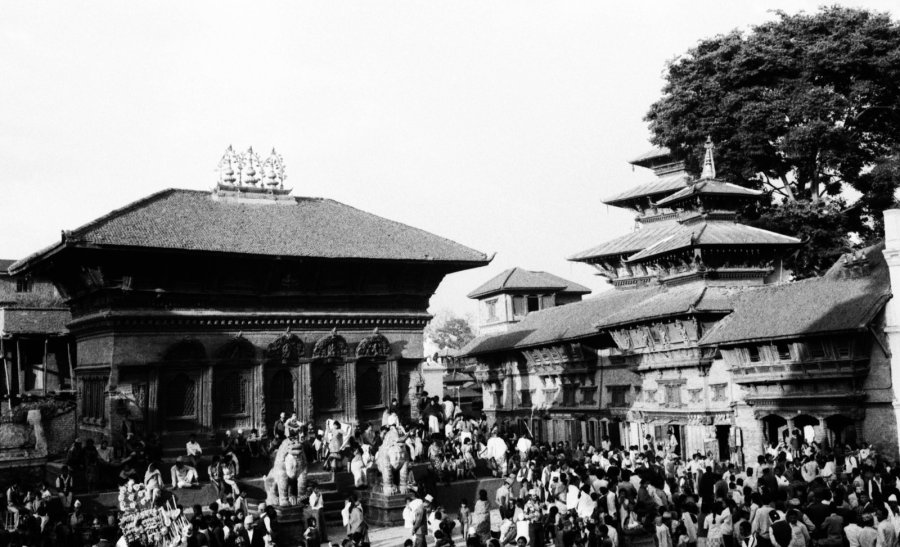
![Kathmandu was heavily damaged by the earthquake of April 25 2015. The worst architectural losses included the total destruction of both the majestic Shiva temple pagoda [right] and its twin, the Narayan temple pagoda [center] which dominated the main Durbar Square in this April 1975 photo. (Photo: CNN)](https://digital-staging.kdvr.com/wp-content/uploads/sites/11/2015/06/s049276742-300.jpg?w=900)
![While other pagodas crumbled in Patan's Durbar Square, this trio of holy structures are believed to have survived: the Krishna Mandir [left], the Bishwa Nath Mandir and the Bimsen Mandi, all seen in February 2008. (Photo: CNN)](https://digital-staging.kdvr.com/wp-content/uploads/sites/11/2015/06/s049276745-300.jpg?w=900)
